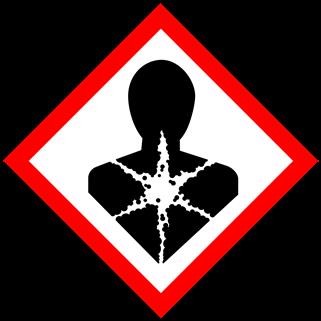The Infertility Org
Infertility Dietitian
You found the complete source for total info and resources for Infertility Dietitian on the web.
Exercise: Both too much and too little exercise can lead to fertility problems. These may be purchased over the counter and allow couples to predict the most fertile days in the cycle. Before anastomosis, evaluate the patient using HSG and laparoscopy findings to measure how far proximal and distal fragments of the fallopian tubes remain from the tubal ligation. S. women, or 6% of the married population 15 to 44 years of age, reported infertility, and 6. As an antiestrogen, CC requires that the patient have some circulating estrogen levels; otherwise, the patient will not respond to the treatment.
Recent Advances in Male Reproductive Surgery. (PDF, 10 MB) Chapter 13 from Annual Progress in Reproductive Medicine, 1993. Transmission of Male Infertility to Future Generations: Lessons from the Y Chromosome. (PDF, 303 KB) Human Reproduction Update, 2002. Allied and Complementary Medicine Database (AMED), ...
More Information Around Infertility and Autoimmune Disease

Even more Info About Infertility Dietitian
Grading is as follows: Grade 0 – No movement Grade 1 – Sluggish movement Grade 2 – Slow movement in a poorly defined direction Grade 3 – Slow or curved forward movement Grade 4 – Fast movement straight forward Patients with abnormal sperm motility should be evaluated for the following: Pyospermia Antisperm antibodies Varicocele Sperm ultrastructural abnormalities Partial ductal obstruction Sperm morphology The head, acrosome, mid piece, and tail of individual spermatozoa are analyzed with phase-contrast microscopy after fixation with Papanicolaou stain. Some causes, such as hyperprolactinemia, are reversible with proper treatment. The hypothalamus, the primary integration center, responds to various signals from the central nervous system (CNS), pituitary gland, and testicles to secrete gonadotropin-releasing hormone (GnRH) in a pulsatile pattern approximately every 70-90 minutes.
More Information About Mayo Clinic Rochester Infertility
33 Use of antioxidants such as zinc, vitamin E, or l-carnitine showed increased live birth rates in three small randomized controlled trials in couples undergoing assisted reproductive technology. One type of ovulation problem, polycystic ovarian syndrome, is effectively treated with medications. Department of Health and Human Services, Centers for Disease Control and Prevention, National Center for Health Statistics. Testicle pain or swelling There are several different conditions that could lead to pain or swelling in the testicles, many of which could contribute to infertility. Birth after Preimplantation Diagnosis of the Cystic Fibrosis F508 Mutation by Polymerase Chain Reaction in Human Embryos Resulting from Intracytoplasmic Sperm Injection with Epididymal Sperm. (PDF, 2 MB) The Journal of the American Medical Association, 1994. Women in group III can conceive only with oocyte donation and in vitro fertilization.
Extra Resources For Infertility Dietitian
A specific portion of the androgen receptor gene, exon 1, has been studied in infertile males and a meta-analysis that involved males with idiopathic infertility and fertile controls found that infertility was directly correlated with the length of CAG repeats in this exon.[23] Y chromosome microdeletion syndrome The long arm of the Y chromosome (Yq) is considered critical for fertility, especially Yq11. Overheated testicles: Causes include an undescended testicle, a varicocele, or varicose vein in the scrotum, the use of saunas or hot tubs, wearing tight clothes, and working in hot environments. Quantitative Evaluation of Spermatogenesis by Testicular Histology in Men with Congenital Absence of the Vas Deferens Undergoing Epididymal Sperm Aspiration. (PDF, 3 MB) Human Reproduction, 1990. Let’s review some of the most common causes of infertility in women: Ovulation disorders Ovulation disorders account for 25 percent of the cases of infertility in women. Nevertheless, scientists have found these stem cells, which may generate new oocites in postnatal conditions. The rate increases to 10-12% after CC ovulation induction and to 12-15% per cycle after hMG/hCG ovulation induction. Usually no more than 1 – 2 embryos are transferred, and therefore additional embryos can be frozen, or cryopreserved, for future use; 3) embryo donation – a process where a fully developed embryo from another person in combination w/donor sperm, or couple who underwent IVF, are donated to another woman, the future intended mother, for transfer into her uterus; and 4) gestational surrogacy – a process where another woman will undergo an embryo transfer and carry the pregnancy for another person.
Previous Next
See also
Infertility Who Recommendations
Infertility Book
Zoloft Infertility